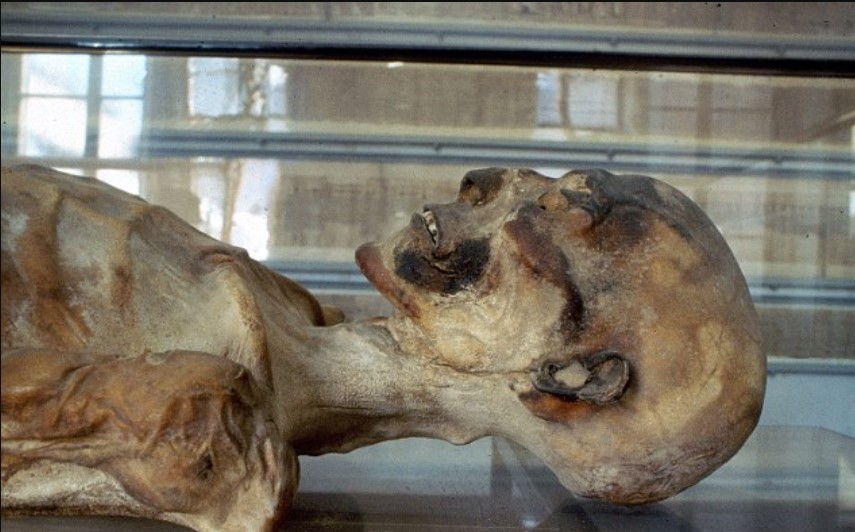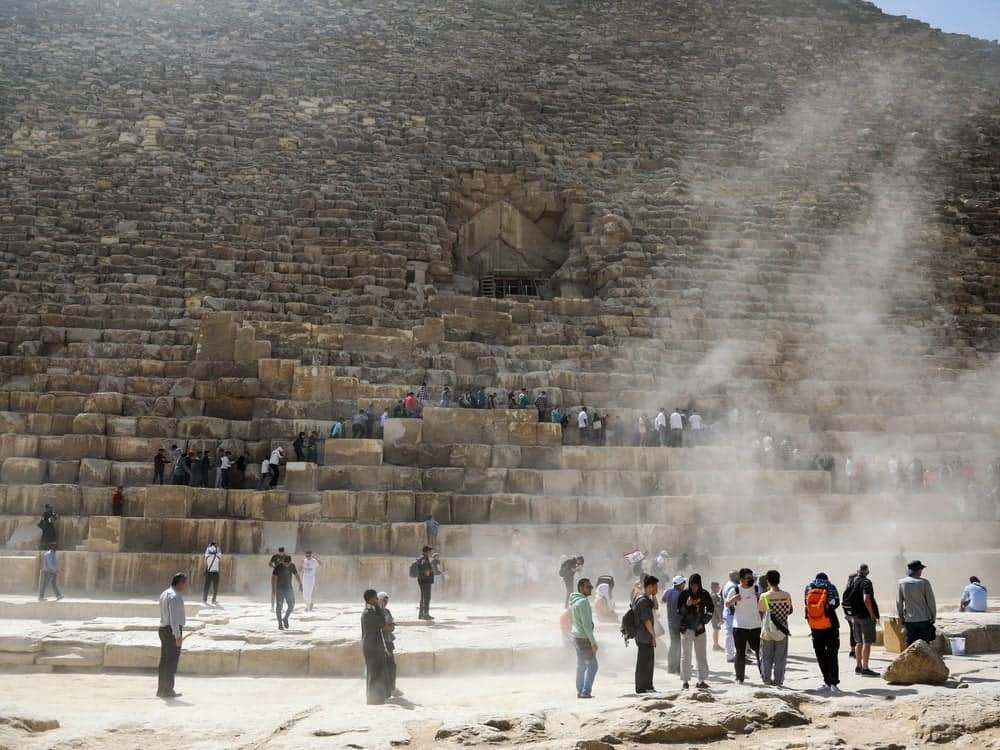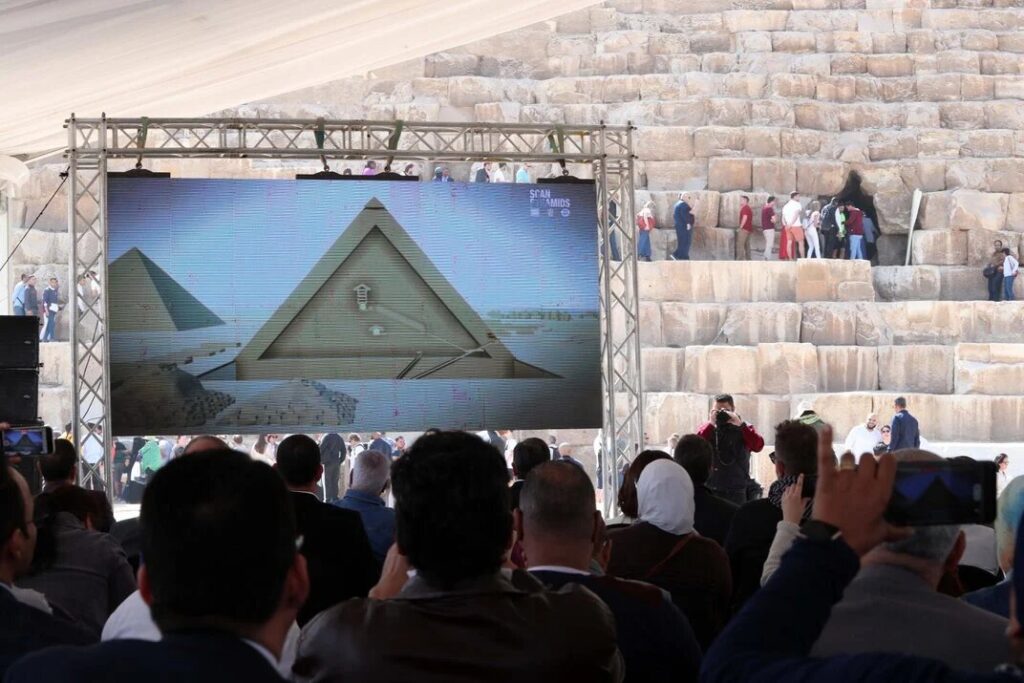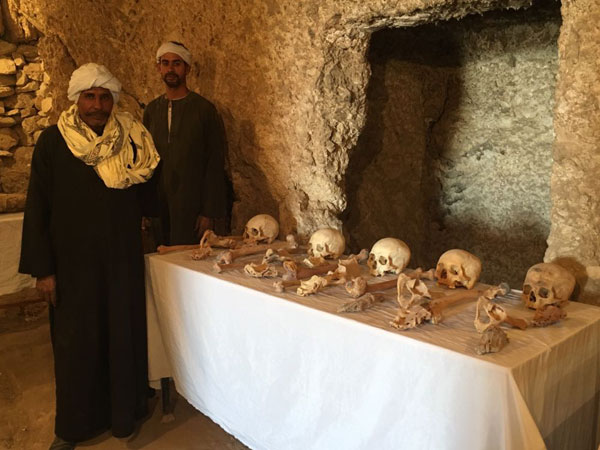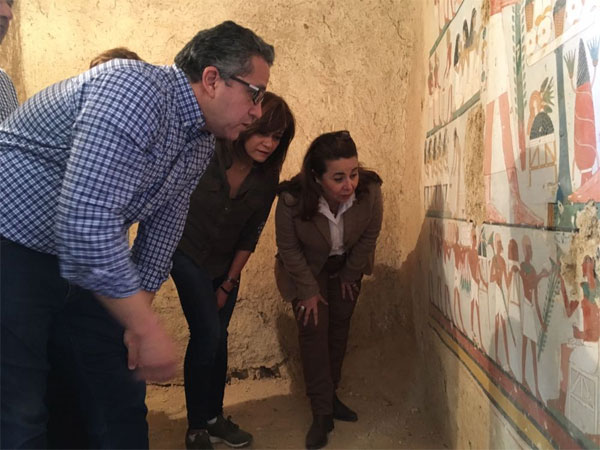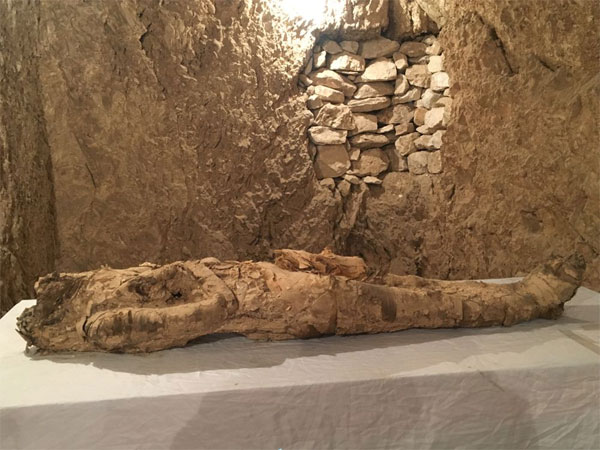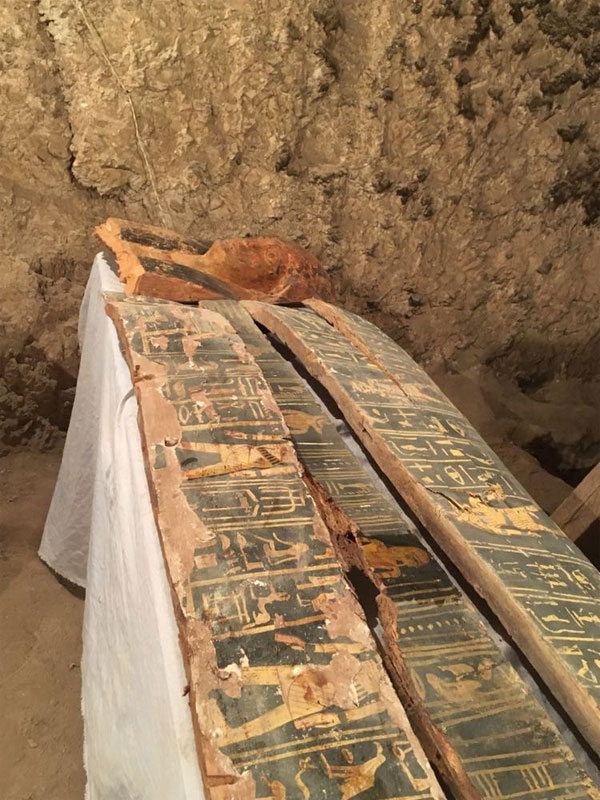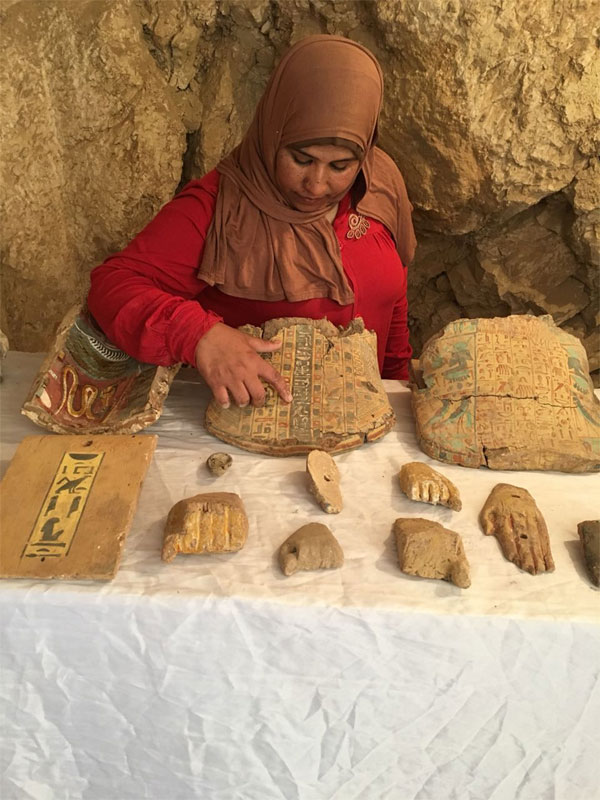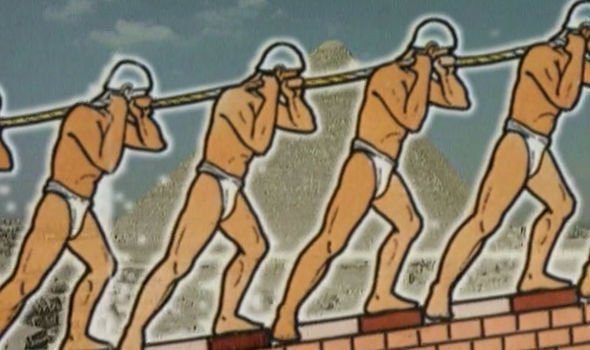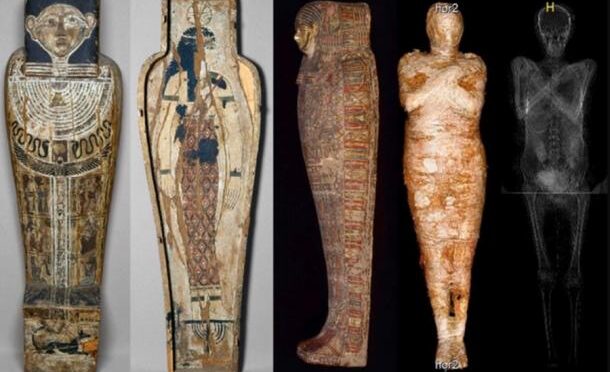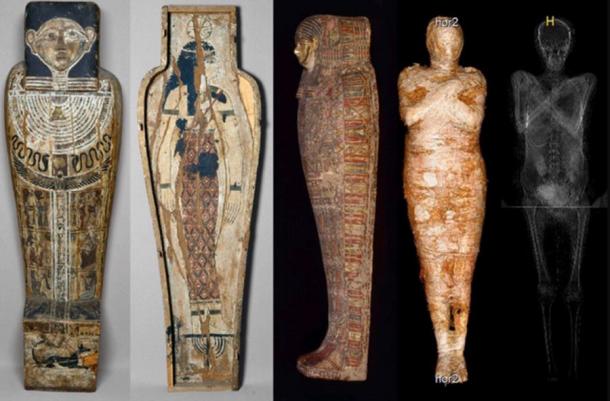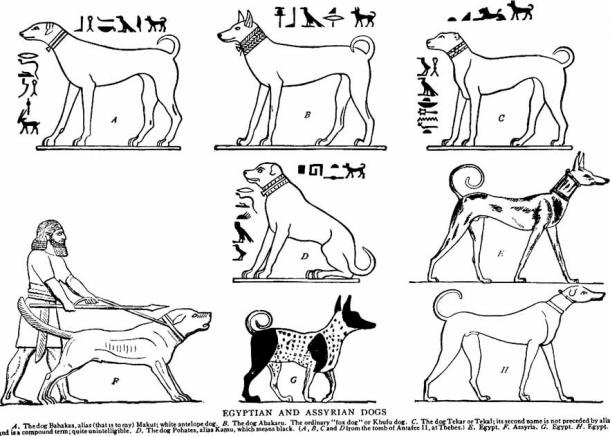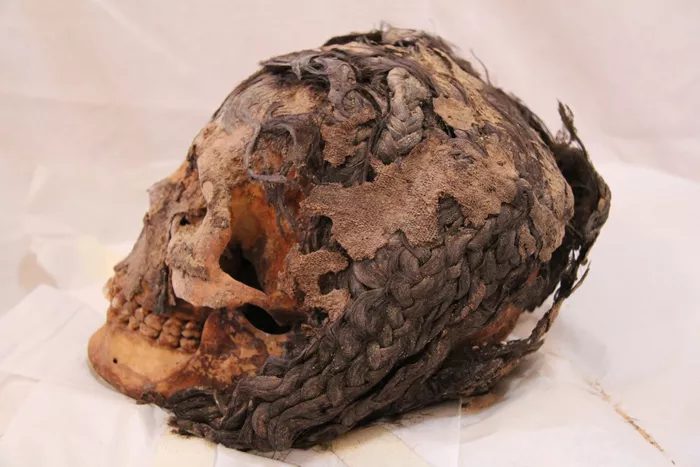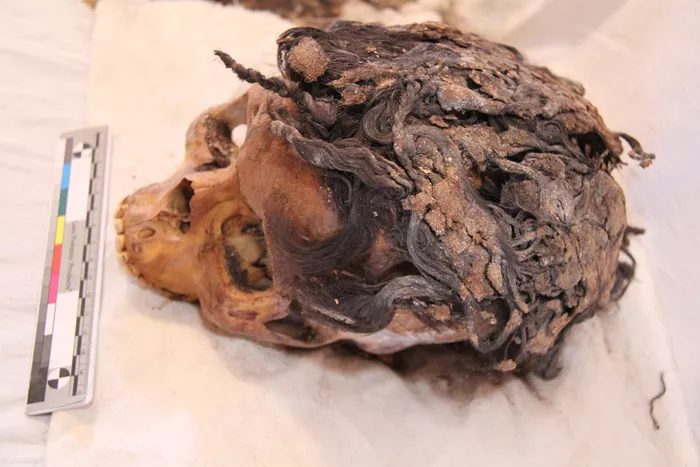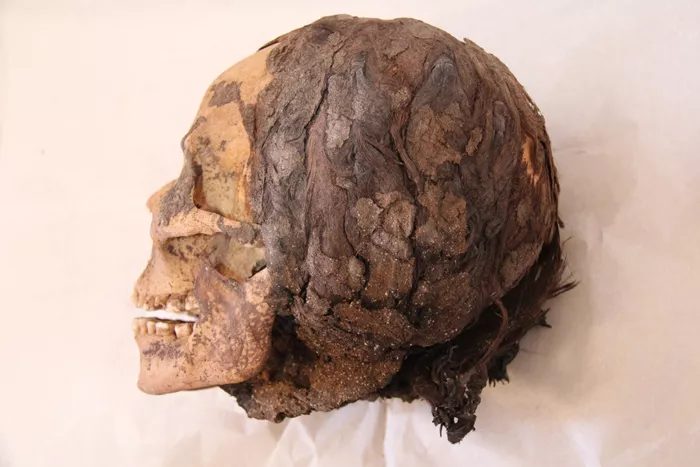Archaeologists in Egypt discovered a giant man still lying in an 8.7-foot-long sarcophagus
Archaeologists in Egypt have a hard question to answer: who is the colossal figure buried inside this massive sarcophagus?
The discovery was made during an excavation in the Sidi Gaber district of Alexandria.
Measuring a whopping 2.65 meters (8.7 feet) in length, the discovery is the largest granite sarcophagus ever found in the area, which is renowned for its ancient relics.
An initial look over at the black granite sarcophagus indicates that it dates back to the Ptolemaic period, an era of Egyptian history that started in 323 BCE following the death of Alexander the Great and ended in 30 BCE after the death of Cleopatra VII and the invasion by the Romans.
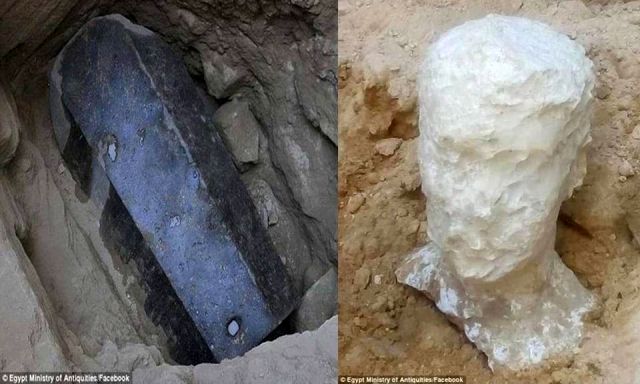
The announcement made by Dr. Ayman Ashmawy, head of the government’s Ancient Egyptian Antiquities Sector, noted that the tomb was found at a depth of 5 meters (16 feet) beneath the ground’s surface. Along with its considerable length, it is also 1.85 meters (6 feet) tall and 1.65 meters (5.4 feet) wide.
Most interestingly, Dr. Ashmawy said the layer of mortar between the lid and the body of the sarcophagus appears to be intact, indicating the contents of the stone casket have not seen the light of day since antiquity.
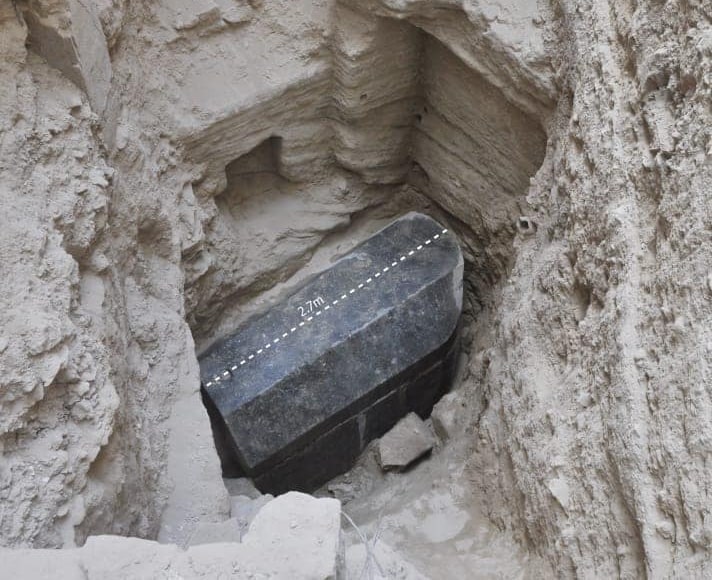
Judging by the exceptional size of the casket, this was most likely the burial place of someone at least of moderate status and wealth, but who?
Well, unfortunately, it probably isn’t some ancient giant. Sarcophagi tend to be a fair bit bigger than the person they carry.
For example, the longest sarcophagus ever discovered in Egypt was over 4 meters (13 feet) long. The person inside, the averagely-designed ruler Merneptah, was certainly not this tall.
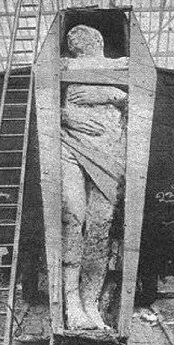
Fortunately, there are some big clues laying around. Not far from the sarcophagus, the team found a carved head made out of alabaster believed to depict the “owner” of the tomb.
Alabaster is a soft rock, commonly used for carving, so most of the features have eroded away. However, some further detective work might be able to uncover its mysterious identity.
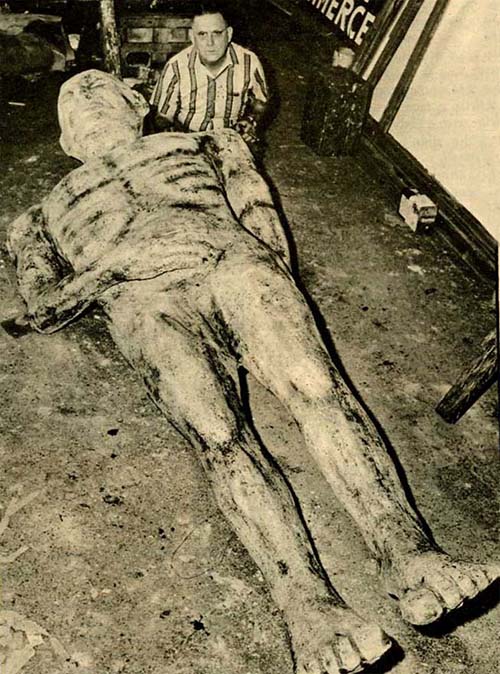
Thanks to its rich and varied history, the city of Alexandria is regularly the site of incredible archaeological discoveries.
Like many of the coastal ports in the Mediterranean, the city has been an invaluable trading post of goods, ideas, people, and cultures.
Just a few months ago, just off the coast of the city, underwater archaeologists found a collection of ancient shipwrecks and treasures that would make Indiana Jones himself jealous.



